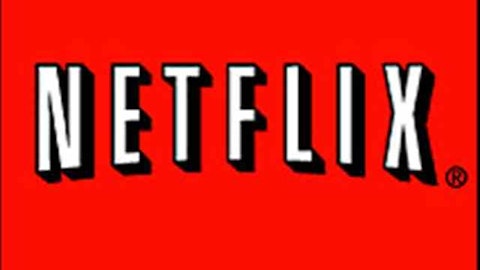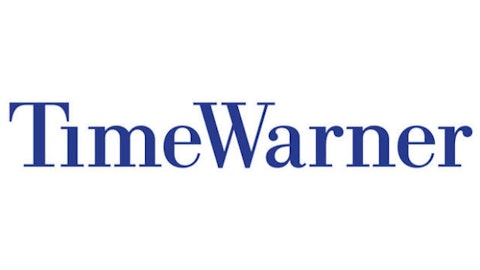Now that the Wall Street Journal has run two articles on the cord-cutting trend in just four weeks, pay TV’s dinosaur-like march to extinction is inevitable.
As pay TV wanes, will Netflix, Inc. (NASDAQ:NFLX) lead the evolution?
DVD’s Death March
DVD sales reached a peak in 2004 selling 1.2 billion discs for a record breaking $24.5 billion. Almost 70% of homes had DVD players in 2004.As existing customers bought fewer discs and disc player sales slowed, DVD sales began to drop every year.

In 2012 the seven-year slide in sales reversed slightly increasing 0.23% to $18 billion. That’s still a 25% decline in seven years and a lot of lost revenue for content producers. Production companies looking for new ways to capitalize on content rolled out systems like UltraViolet — a cloud-based way to own digital copies. However, consumers are becoming less interested in owning digital or physical programming and turning to streaming video on demand (VOD). Digital download sales increased an impressive 35% in 2012, but VOD was up by 48%
Disappearing cable customers
The other trend keeping Netflix, Inc. (NASDAQ:NFLX) investors on board are the net losses in cable/satellite subscribers in Q2 2013. Time Warner Cable Inc (NYSE:TWC) had 573,000 fewer video subscribers in Q2 2013 (11.9 million) compared 12.5 million in 2012. Video revenue was also down.
DIRECTV (NASDAQ:DTV) net disconnects rose year-over-year in the US (84,000 in 2013 vs. 52,000 in 2012) but managed to increase subscribers slightly to 20 million in the US.
Comcast Corporation (NASDAQ:CMCSA) also lost residential video customers—down 159,000 to 22 million. Overall, U.S. cable television subscriptions declined to 56.7 million in 2012, down 3% from 2011 according to information and analytics provider HIS.
The cable/satellite providers still command an impressive subscriber base, but it may have peaked and is now reversing. Younger consumers may be a big part of the trend either cord cutting or never buying cable, opting to buy streaming video on demand.
Netflix and the Golden Age of television
Television changes all the time and the programming of the 1950’s looked nothing like the content available in the 1970’s and that only faintly resembled the cable channels and original series that have sprung up like weeds after a monsoon in the past decade. New series and channels are an overwhelming flood of surprisingly high quality entertainment a long way from and .
One key philosophy Netflix, Inc. (NASDAQ:NFLX) embraces that other networks are not entirely on board with is the data dump of whole seasons of a series all at once. This is unwholesomely known as binge viewing. Binge eating and binge drinking are considered poor life style choices, but binge viewing has transcended the negative connotations and become something of a badge of honor and admission to the club of high tech TV viewing. Kevin Spacey had penetrating observations on the new TV and likened a 13-hour series to a luxuriously long movie. Why do movies have to wrap up everything in a neat two-hour format or a series be portioned out in one-hour bites? The speech is well-worth listening to.
Negatives
Viewers do not get sports and sports are a driving force behind a lot of subscriptions. There is also the absence of new seasons of hit shows and new movies that lag DVD and premium TV release Content providers are balancing the revenue they need from cable/satellite against the new revenue from streaming and most continue to give pay TV new season leverage.



